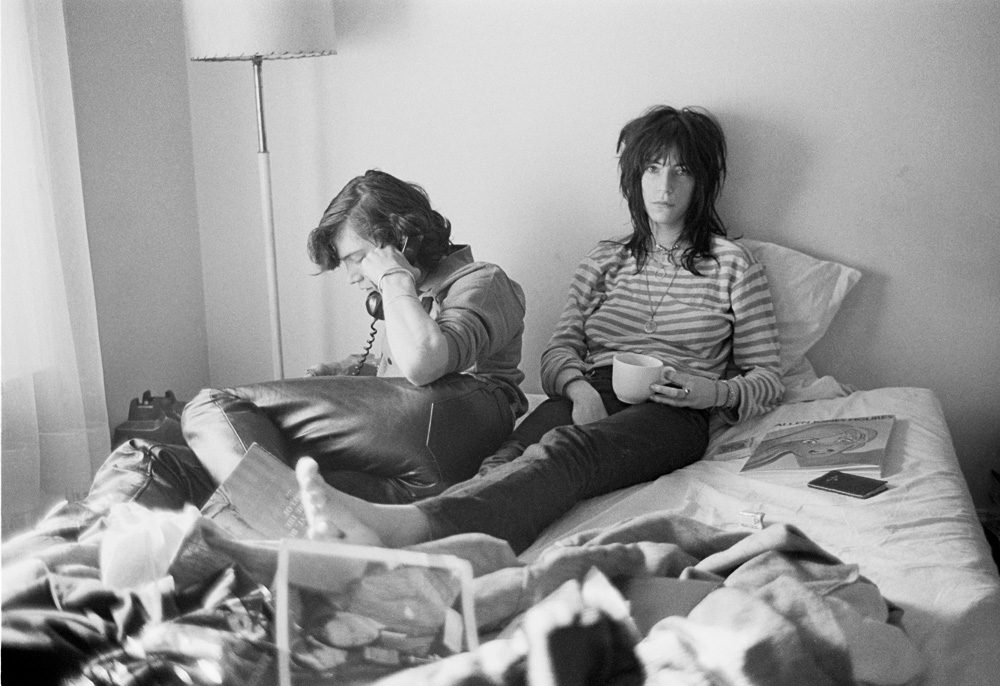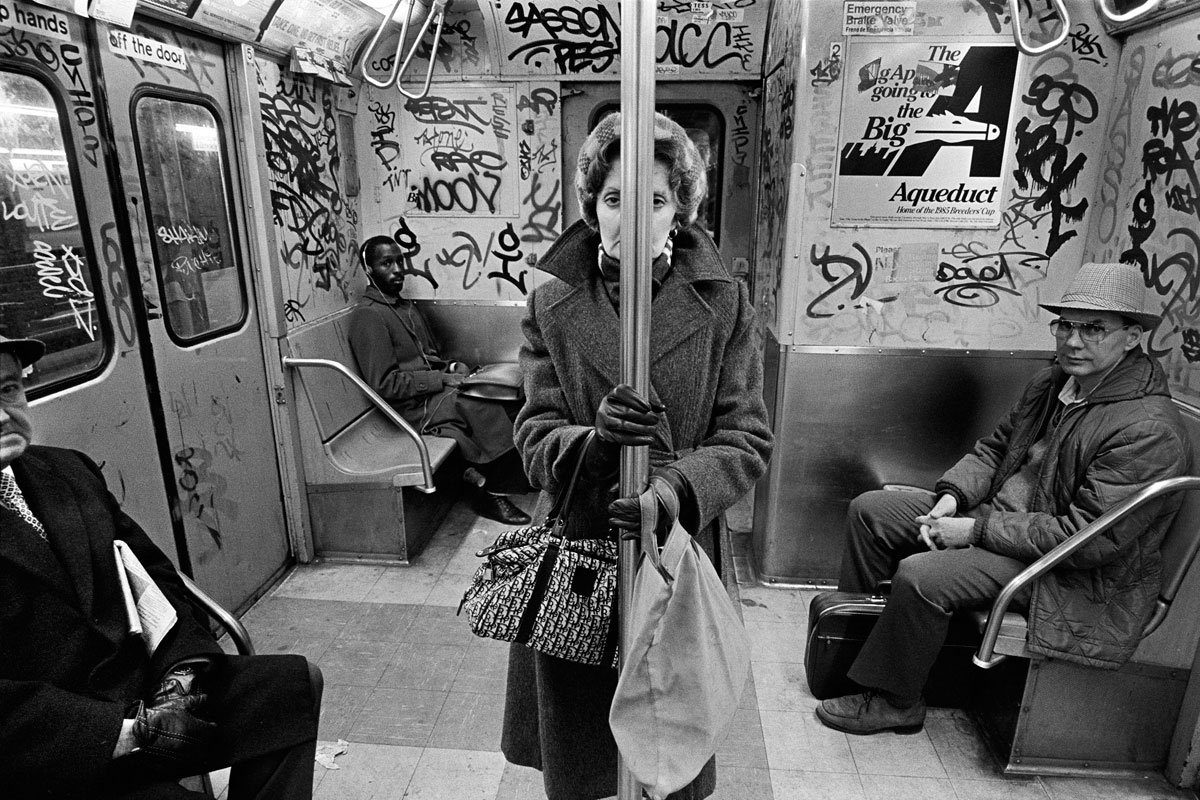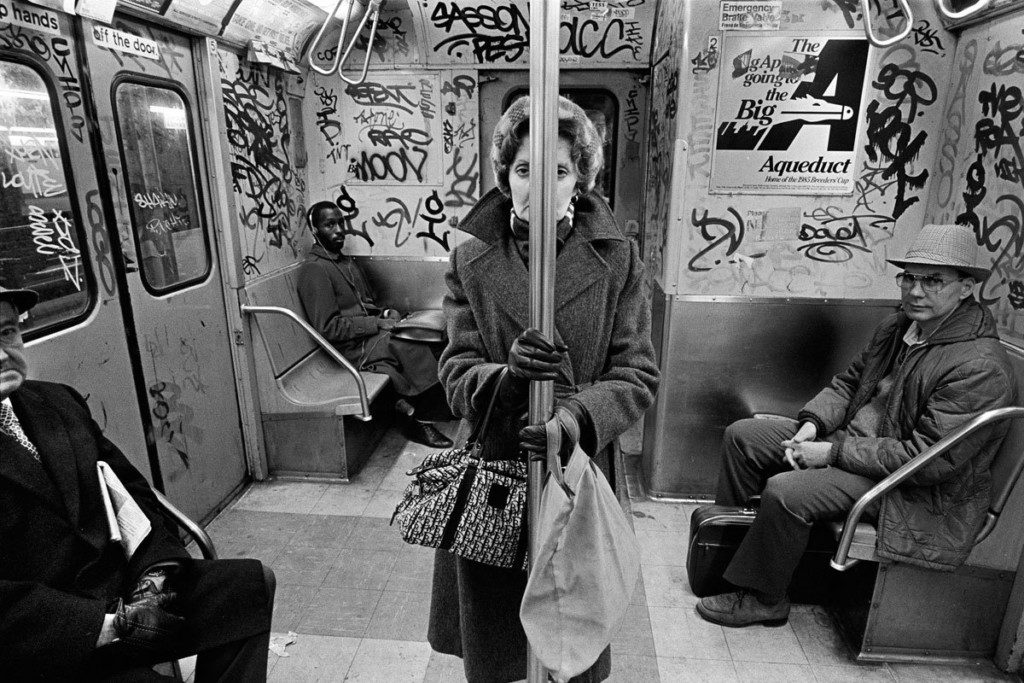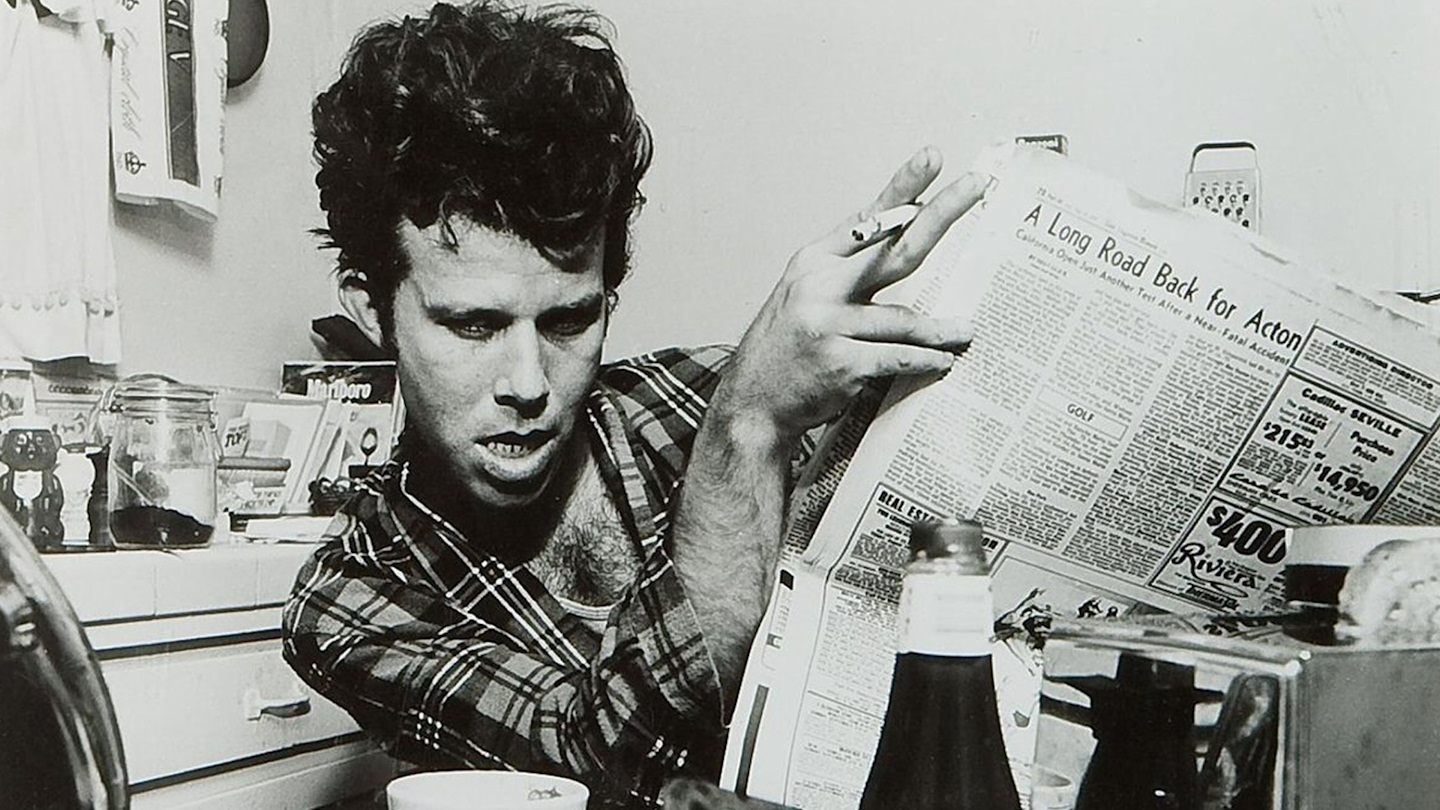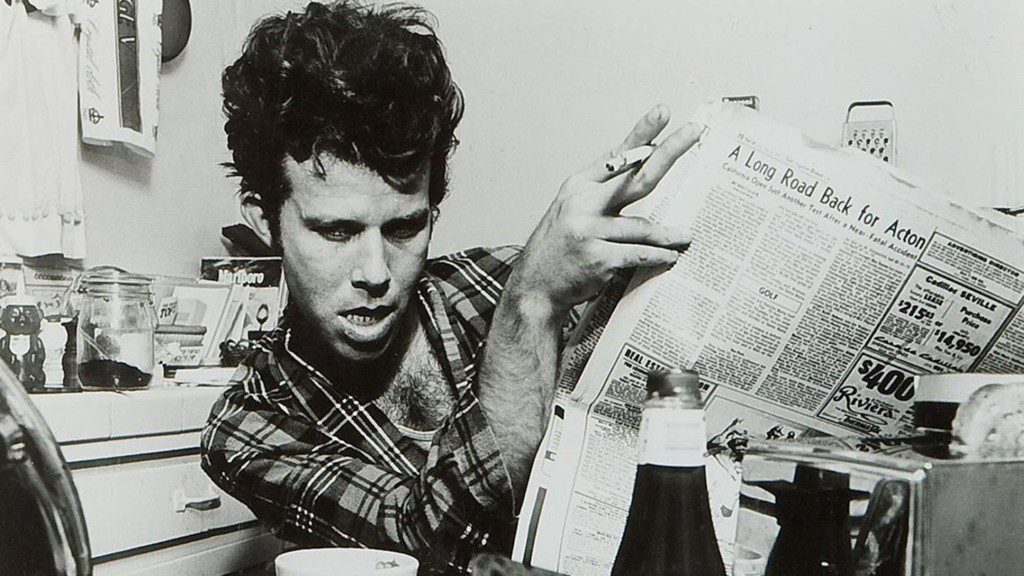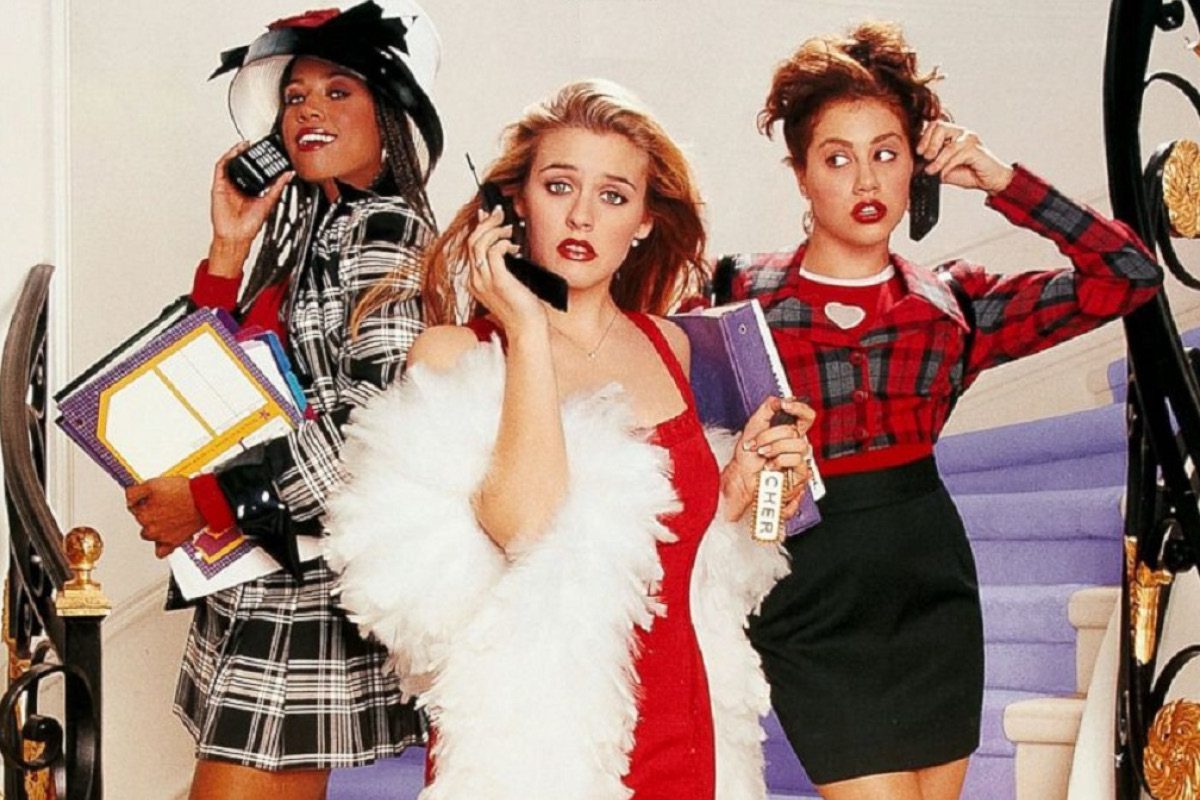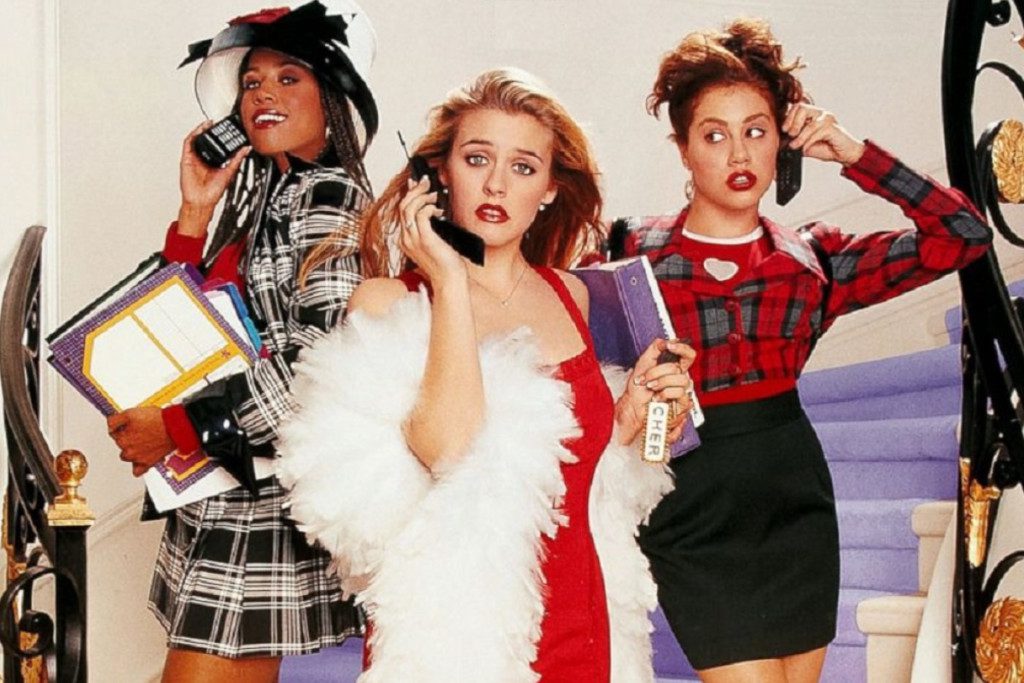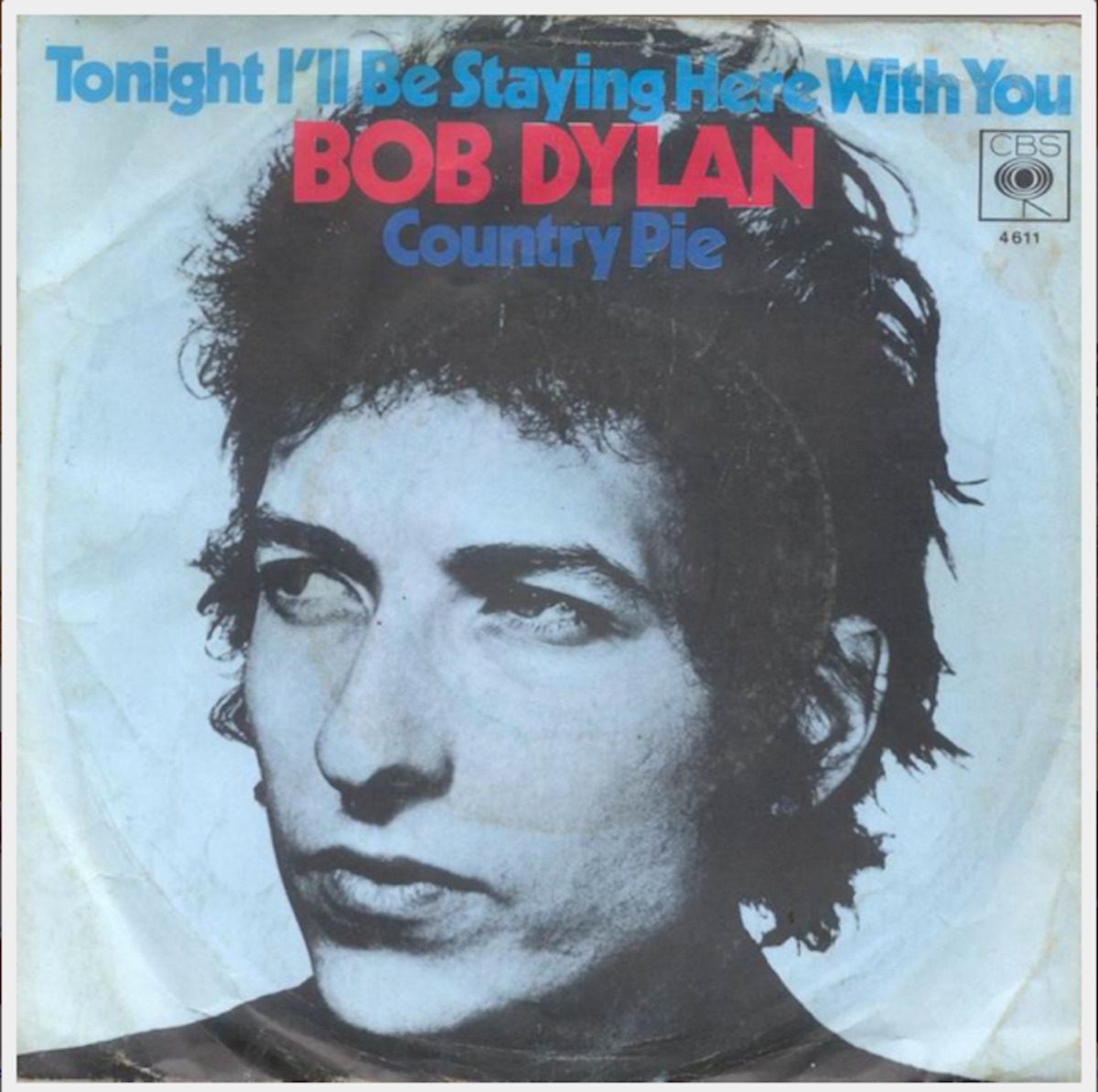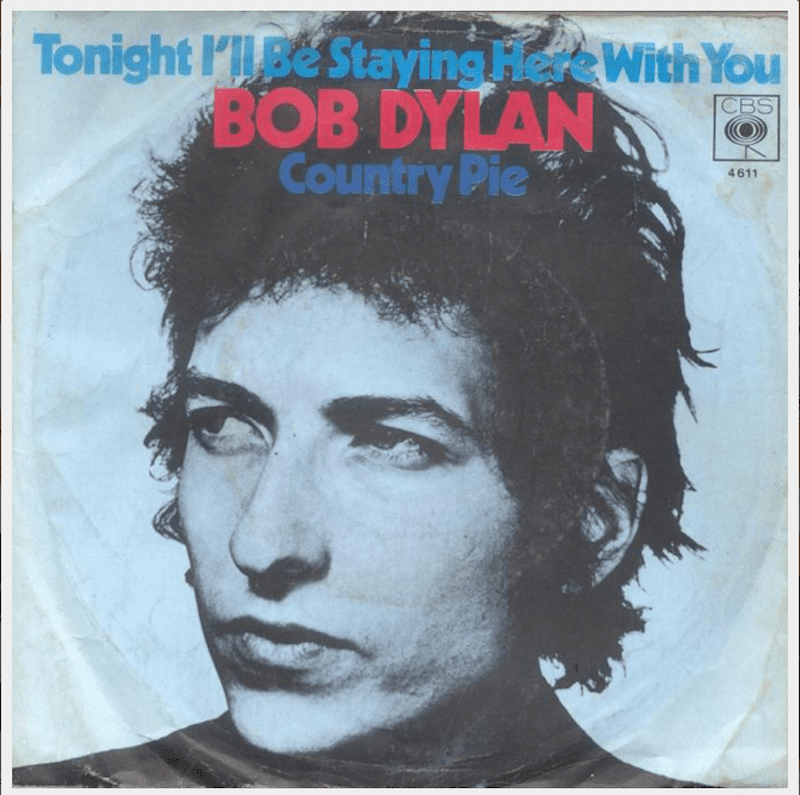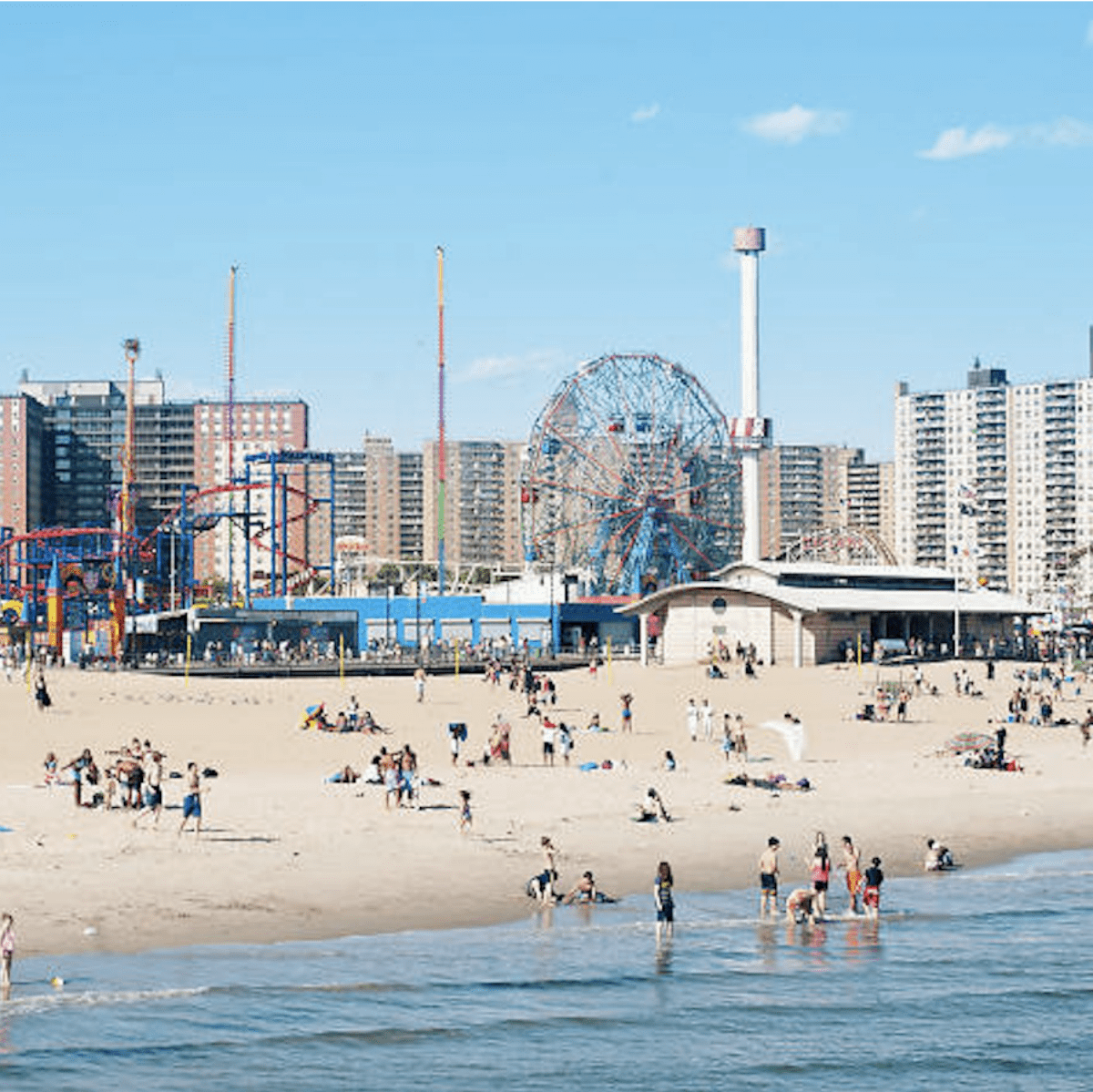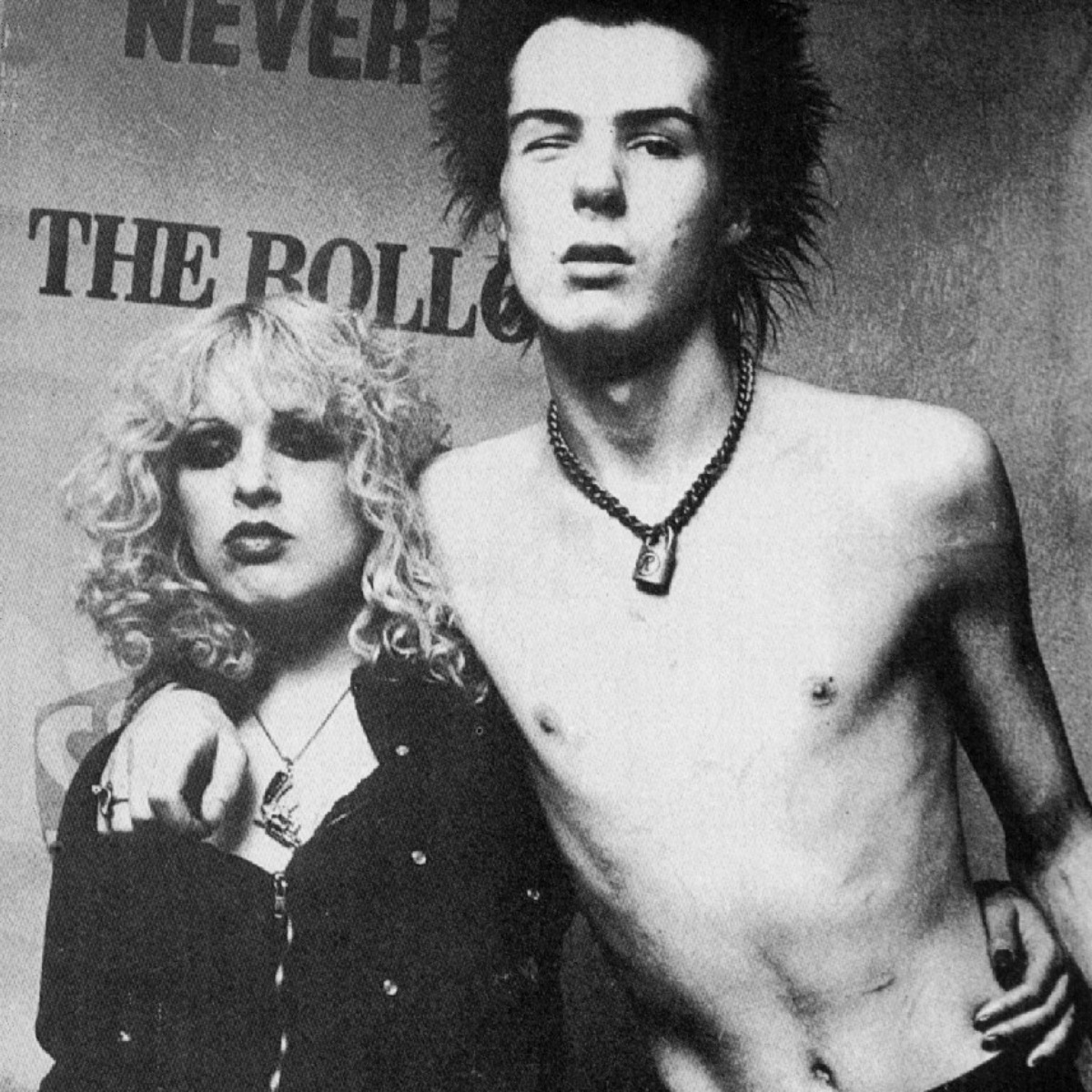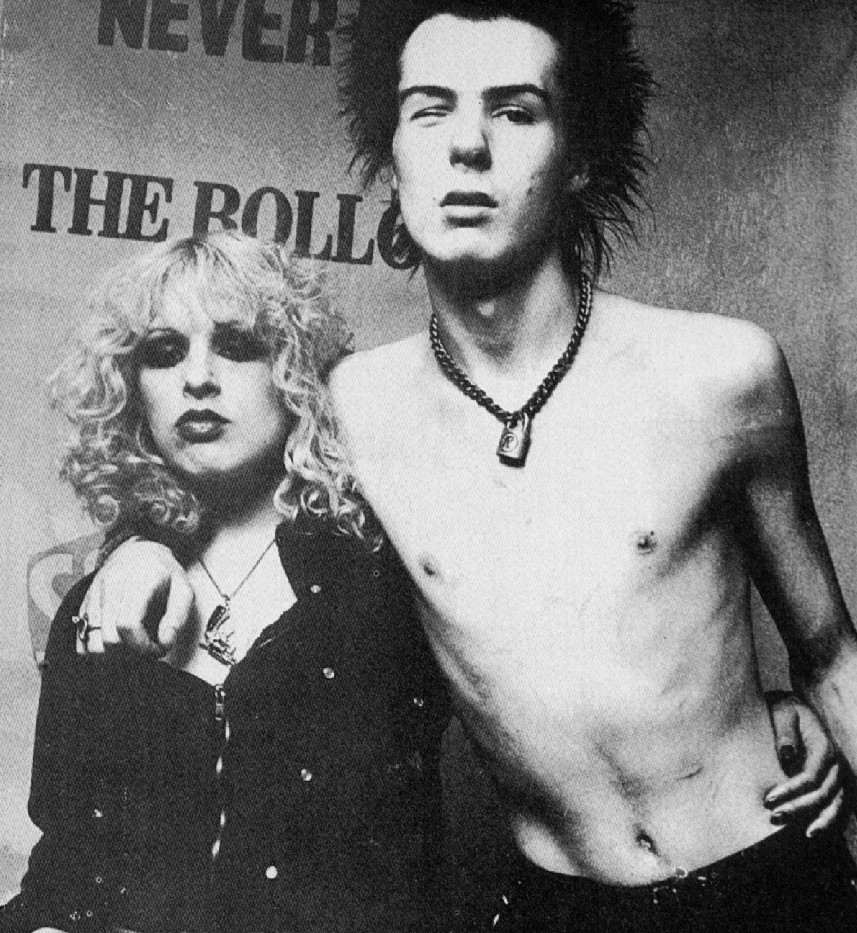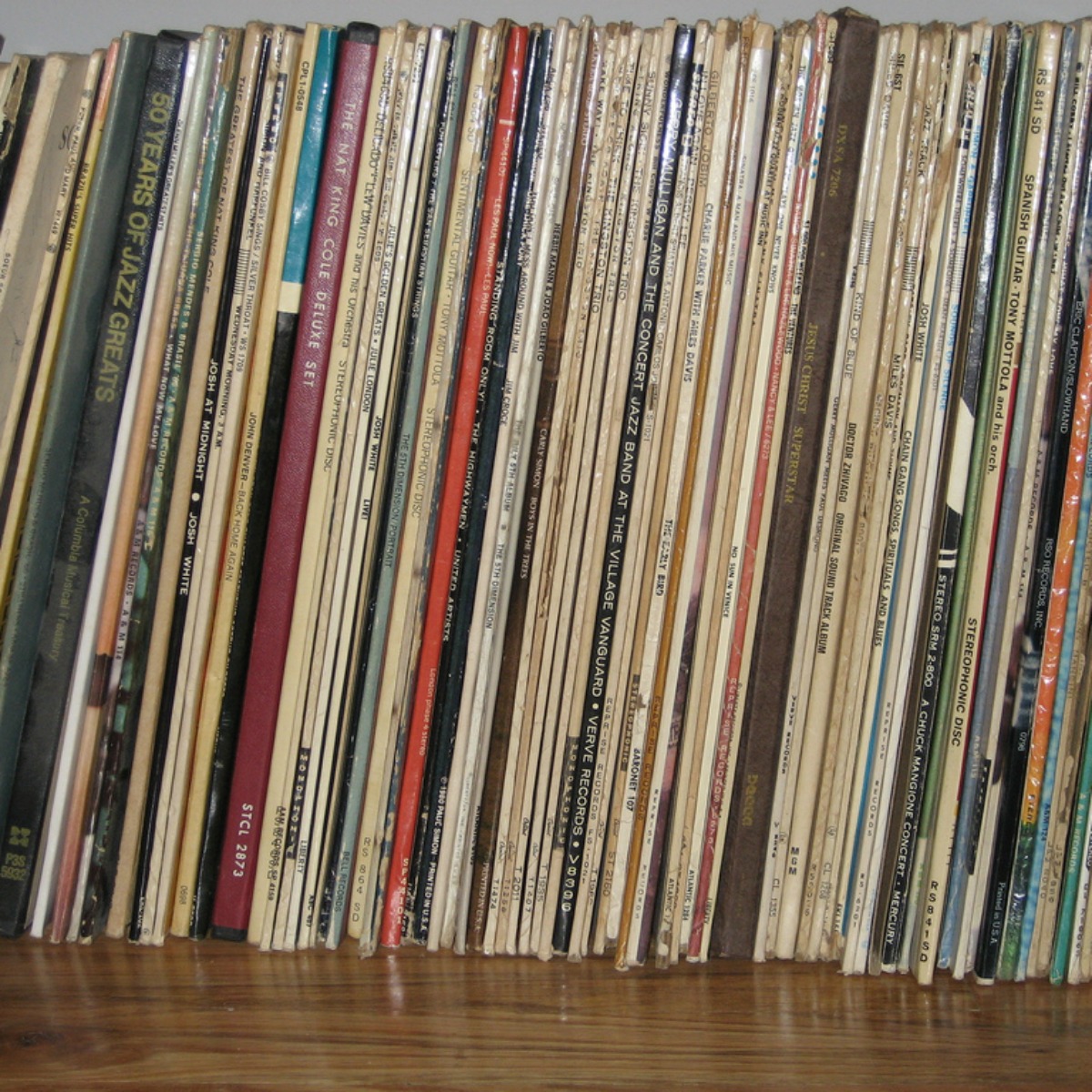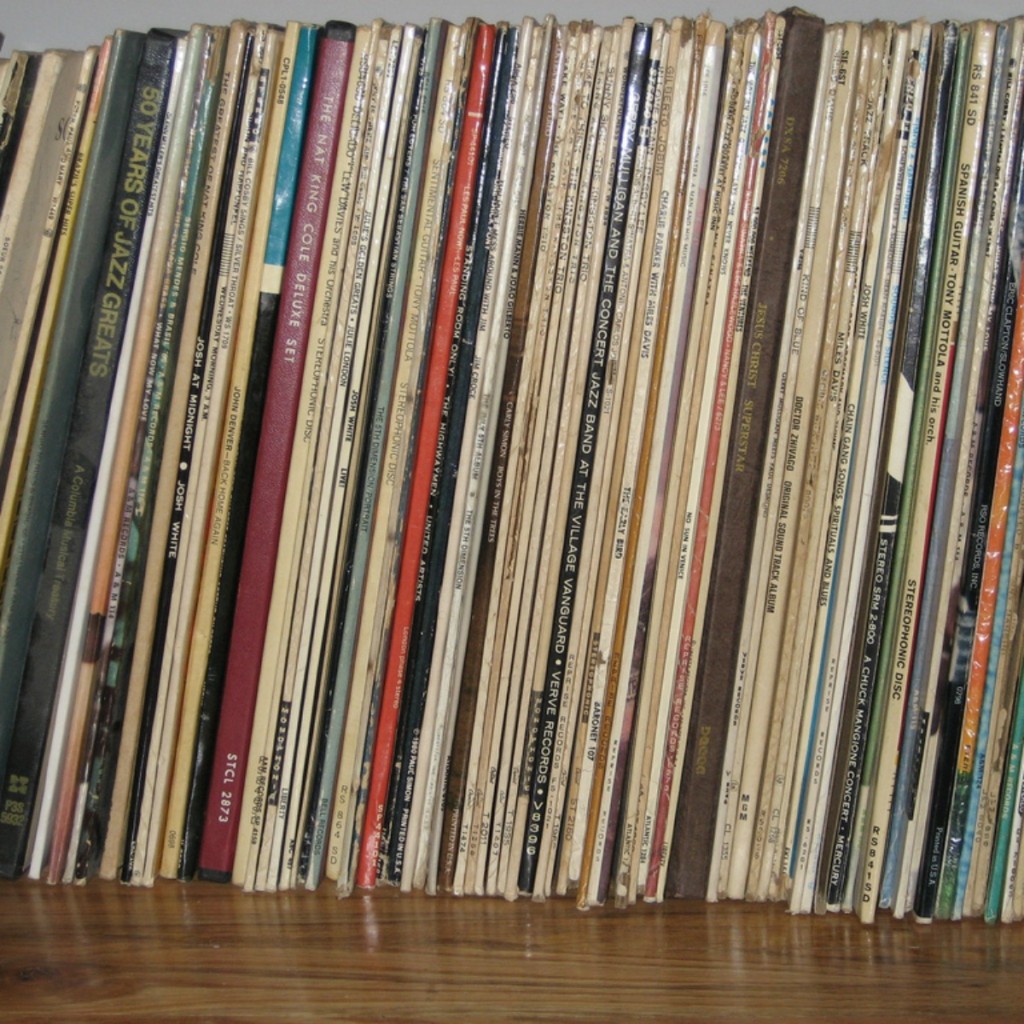ONLY NOISE: Real(istic) Love
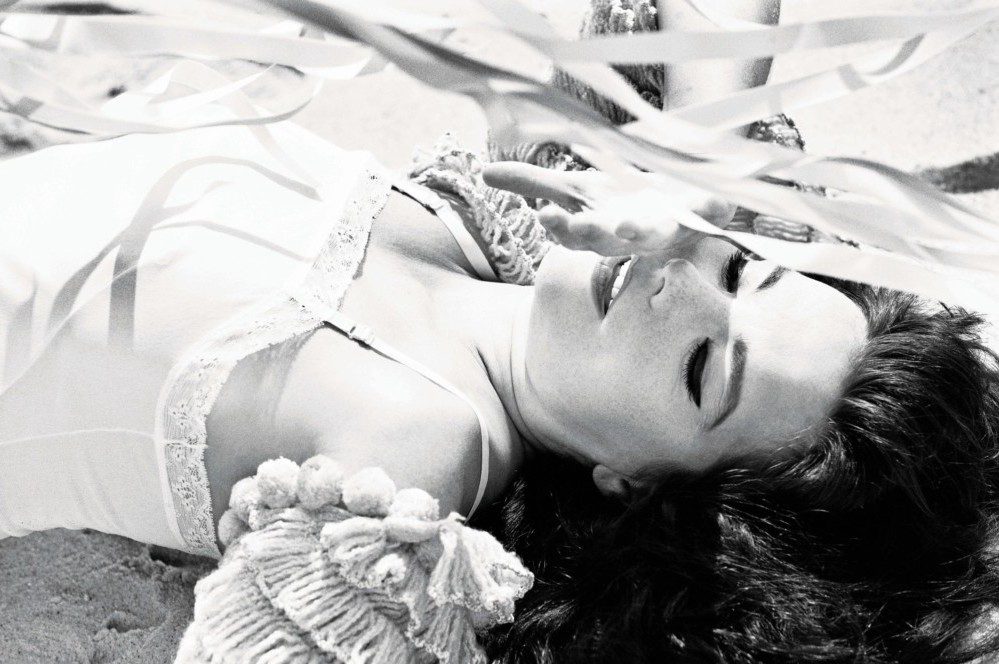
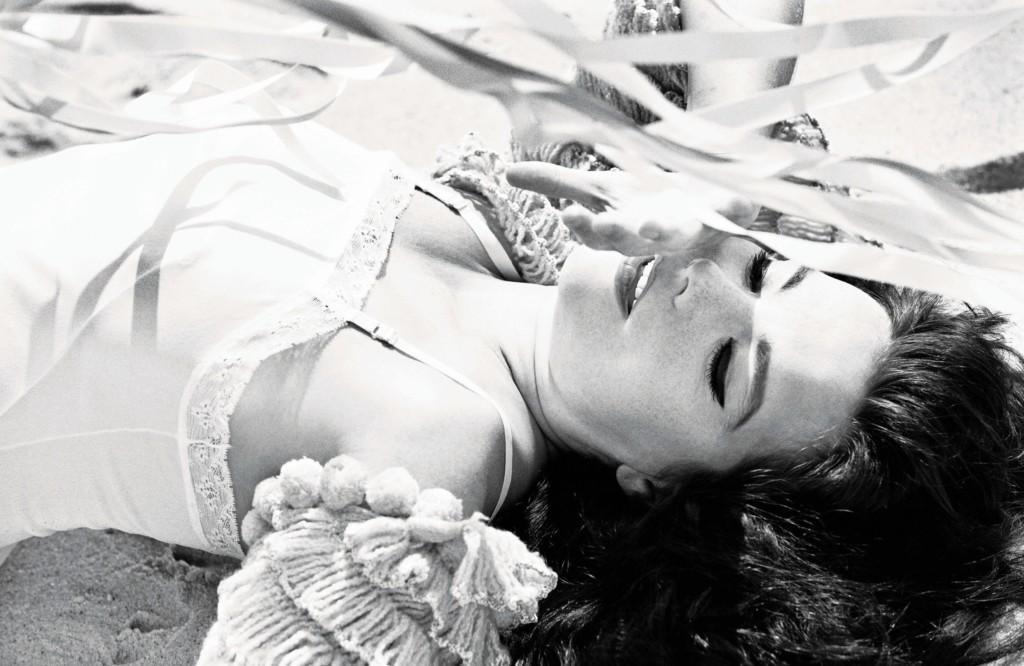
ONLY NOISE explores music fandom with poignant personal essays that examine the ways we’re shaped by our chosen soundtrack. This week, Erin Lyndal Martin shares a selection of songs that jar her out of a sardonic mindset when it comes to romance.
There’s nothing wrong with sugary love songs. But I don’t trust them because they tend to be completely non-specific. The poet in me cries out for more details. The realist in me wonders how the people in these songs ever get their laundry done if they’re always high on love. And the cynic in me thinks of all the bad dates, all the times I’ve swiped left, all the lore about how undesirable women are after 30, all the fat shaming, all the dick pics. But I feel hopeful when I hear songs about smart, jaded people who’ve found love, often unexpectedly.
These are some of the songs that give me hope.
“Miss You Till I Meet You” by Dar Williams (from My Better Self)
Dar Williams is a talented singer-songwriter who frequently tackles real-life situations in songs that address coming of age, going to therapy, and finding one’s place among gentrification.
Bad dates are not all alike. Sometimes I’ve come home from a date feeling down because my date and I had nothing in common, or maybe it just didn’t seem like the right time, or my date asked me weird questions like if I wrote “human interest fiction” or “technical fiction.” Afterwards, it helps to think about telling these stories to someone I do want to hang around. Someone I want to hang around me.
“Papa Was a Rodeo” by The Magnetic Fields (from 69 Love Songs – Disc 2)
Helmed by Stephin Merritt, the Magnetic Fields bring an irreverent sensibility to matters of love, usually with a twist of magical realism, as on their 69 Love Songs trilogy.
At first, labeling this song as “realistic” is a tough sell. What are the chances that two people could bond over their childhoods spent roping steers, only to spend decades wrestling alligators together? But, like a lot of Magnetic Field’s 69 Love Songs, there’s a grain of truth here. At a certain point, you stop hoping you’ll meet someone who has zero baggage. Not only is it impractical, but it has ceased to even be appealing; instead, you daydream about meeting someone who understands your baggage, who sees you and sees your baggage and says “yeah, me too.”
“Something Changed” by Pulp (from Different Class)
Pulp is a Britpop band known for songs about perversion and classism (not usually at the same time).
I got the Different Class CD in high school and remember flipping through the booklet and seeing the request not to read the lyrics while listening to the music. I listened for the snotty Britpop protest songs and lurid perversions, and then this song came on – a love song written for acoustic guitar. I was surprised, but I trusted Pulp not to mess with me too much, and I thought about this as being a love song for the sort of people who trust sneering Britpop bands with love songs. I love that it retroactively assigns importance to all the little things done on a day that ends up coincidentally being the day one falls in love.
“I Hope That I Don’t Fall in Love With You” by Tom Waits (from Closing Time)
Tom Waits is an iconic songwriter and musician known for his gravelly voice, rich lyrical imagery, and jarring songcraft.
I can’t tell you how many times I’ve gone to a bar alone with just a novel and a notebook, nursing a drink and scribbling down ideas while watching people around me. This song always reminds me of those nights. I’ve had many nights where that’s all that happens. If I’m lucky I write a few good lines or draw a cute picture of a cat. But those nights tend to blur together and I mostly remember the outlier nights, when a conversation with a stranger just happened, and I was excited and terrified to see where it went next.
“Yellow Brick Road” by Kris Delmhorst (on Five Stories)
Kris Delmhorst is a singer-songwriter-fiddler from Massachusetts known for her pithy lyrics and lovely melodies.
Once I was at a wedding where the best man’s toast included the line “now your real life can begin.” Wow. Just wow. As if there are any parts of our lives that aren’t real and everything we do before we have an official, government-sanctioned bond just doesn’t count. This song celebrates who we are as individuals within a couple. “I’m not on a yellow brick road/Got a mind and a heart and guts of my own/Not looking for someone to set me free,” Delmhorst sings. “I’m not on a yellow brick road/I’ll find my own way home/I just want someone to walk with me.”
“Kathleen” by Josh Ritter (from Hello Starling)
Josh Ritter is an acclaimed and prolific singer-songwriter once voted among Paste Magazine’s Top 50 living songwriters.
This song makes me happy. Very happy. It’s about a guy who drives a beautiful girl home from a party. He knows they’ll never fall in love, but he’s so excited to be the one who has that time alone with her, that “only both of us know about.” When you don’t have the love life you want, you learn to make the best of these little moments of connection: driving someone home; smiling knowingly at a stranger on the bus when a passenger shows the bus driver her groceries; standing next to someone while you look at a painting in a museum.
“Reservations” by Wilco (from Yankee Hotel Foxtrot)
Wilco is a highly regarded alt-country band, and their 2002 album is already considered a classic.
Recently, a romantic partner I hadn’t seen in years came to visit and I was really stressed out, which was funny because I realized I had zero anxieties about this particular person. We know each other well and have a great time together. But the thought of sharing my living space with anyone, even for a few days, was terrifying. I wanted everything to be perfect. In the end, he was an amazing houseguest who did my dishes and bought me good bourbon and let me play him videos of goats and magicians. And I did get sick towards the end of his visit, something I feared, but that won’t be what I remember. What I will remember is that even the worst anxieties can disappear with someone who really sees me.
“Unison” by Björk (from Vespertine)
Björk is an Icelandic musician known for her conceptual albums, creative collaborations, and quirky individuality.
Unsurprisingly, Björk is wonderful at writing songs that balance realism and reverie. She has a number of them, but “Unison” is my favorite. “I will grow my own private branch of this tree,” she sings, celebrating her individuality. But trees — and people — can bend, and the refrain continues, “I never thought I would compromise.” When you’re single, it’s so easy to get lost in thought loops about who you want to be with and if you’d even want to make room in your life for another person. Björk reminds us that we don’t have to choose between ourselves and being with another person.

